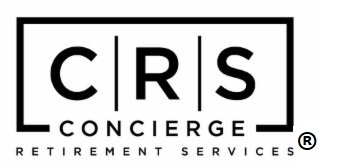
I sat at my monthly SHRM chapter meeting with a group of HR managers from various businesses. We enjoyed some pre-meeting small talk until Linda, one of the HR managers, leaned in with a question that piqued my interest.
“Has anyone heard about this new Catch-Up Contribution Provision? I’ve seen a few emails about it, but I’m not sure what it’s about.”
“I’m familiar with it,” I began. “The Catch-Up Contribution Provision is part of the SECURE 2.0 Act, and it’s going to change how people save for retirement, starting in 2025.”
Everyone at the table turned their attention to me. “If your company’s retirement plan—whether it’s a 401(k), a 403(b), or a 457(b)—allows it, the Catch-Up provision will let participants between the ages of 60 and 63 contribute more than usual—either $10,000 or 150% of the regular catch-up contribution limit for those over 50. Right now, that limit is $7,500, and it’s adjusted annually by the IRS.”
One of the managers raised an index finger. “And what happens after they turn 64?”
I nodded. “Once they hit 64, they go back to the standard Age 50+ Catch-Up limit. The increased contribution is only available from ages 60 to 63; it’s just a small window of opportunity to boost savings as they get closer to retiring.”
Lisa joined in. “I heard something about Roth contributions, too. How does that fit in?”
“Good question,” I said. “If someone earns more than $145,000, any catch-up contributions they make will have to be Roth contributions—meaning they’re after-tax dollars. For 2025, there’s a transition period, so participants won’t have to switch to Roth contributions right away.”
“Okay,” said Juan. He looked around the table to let his colleagues know he was asking on behalf of everyone. “I’m glad somebody knows about this stuff. What do we HR folks need to do to prepare?”
“It’s optional for employers to add this new provision,” I explained, “but if you do, you’ll need to make some updates—like amending the plan documents, updating salary reduction agreements, and ensuring your payroll systems can handle the new limits. And, of course, you’ll need to communicate these changes to your employees.”
Linda smiled. “I can’t say I’m thrilled about all the administrative chores, but thanks, David. You really made this clear.”
I shrugged. “A lot of my clients are businesses with HR departments like yours. They trust me to handle these details so they don’t have to worry about plan specifics. And they don’t expect their HR managers to be tax code experts. Let me know if I can help any of you sort this out.”
A few of them slid their business cards across the table.
